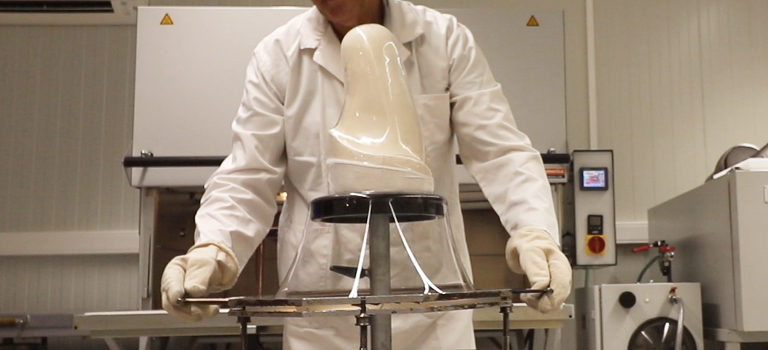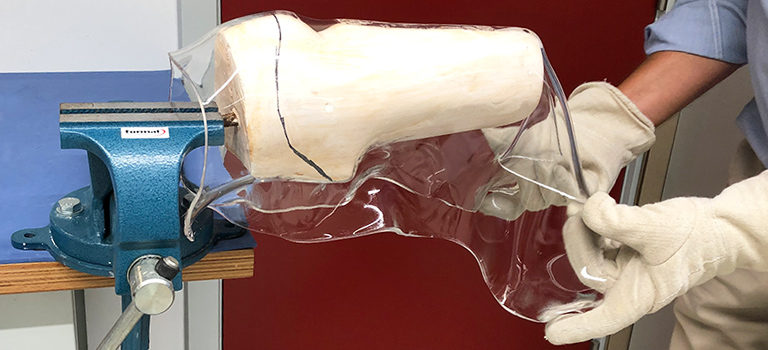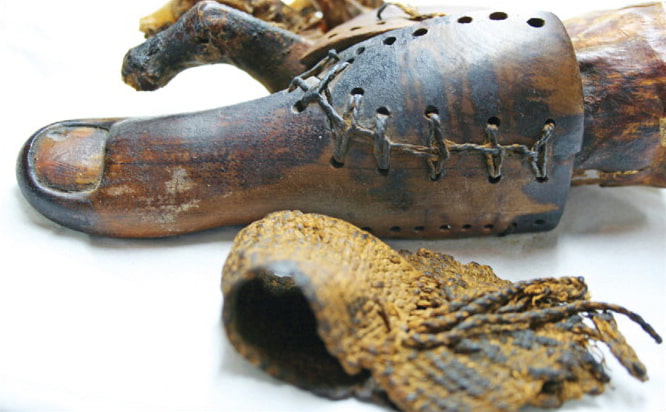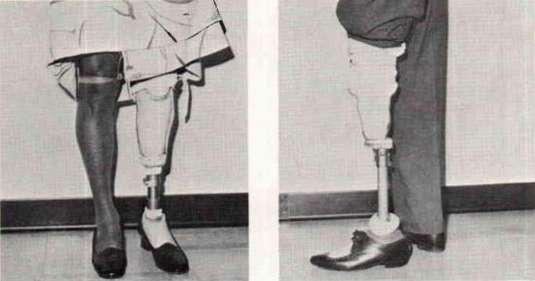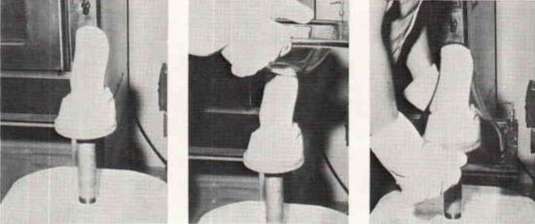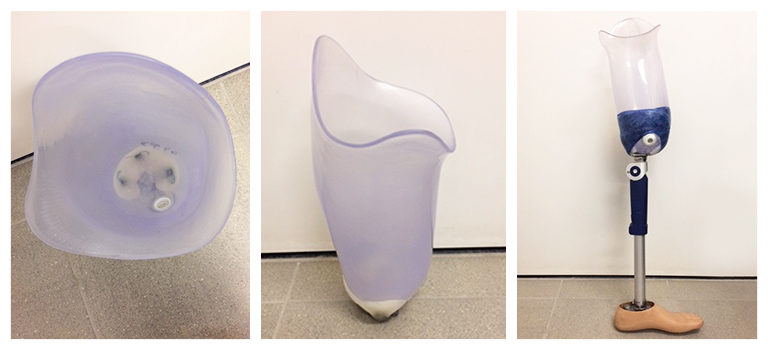
The History of the Check Socket
The field of prosthetics has a long and rich history. Did you know it dates back to Ancient Egypt? The oldest practical prosthesis known to man is a toe made of wood and leather, which archaeologists found attached to the 3000-year old remains of an Egyptian noblewoman (950-710 B.C.).
And one fascinating aspect of this history is that of the check socket in particular. Let’s go over some fun facts of its first applications and the materials that were typically used.
Prosthetic socket materials throughout history
Nowadays, prosthetic sockets are made of innovative plastic and silicone materials, but this has not always been the case.
The first transfemoral sockets consisted of wood and leather and had a conical shape on the inside. The basic conical socket later advanced into a quadrilateral socket. This type could comfortably bear the amputee’s weight on the ischial-gluteal area of the residual limb and came with an air valve and an air space at the bottom. Many patients had good results with these sockets, but many also suffered from edema and skin problems.
Later on, prosthetists introduced wooden sockets that had full contact with the stump. This new shape decreased the problems with edema and helped to keep the prosthesis in place.
Wood and leather were the materials of preference for a long time. And while they enabled prosthetists to make good prosthetic sockets, they were not ideal. Wood is difficult and time-consuming to shape and it changes with the humidity levels of the environment; leather is a challenge to keep clean. Thus, prosthetists started experimenting with plastics and resins, which made the prosthetic fabrication process more efficient. Moreover, they allowed prosthetists to check the fit of the socket.
The first check sockets
Check sockets as we know them today, did not begin being used until the 1950s. Before that, prosthetists did not yet consider them a useful step in the creation of the perfect prosthesis.
One of the reasons for their relatively late application was the controversy that surrounded check sockets. At the time, many prosthetists looked down upon the notion of a check socket. They believed it to be a redundant step in the creation of a prothesis. Their thoughts are, if the perfect techniques were used from the beginning, than the prosthetic socket would fit perfectly and therefore, the sockets would not need adjustments.
New socket materials
In the 1950s and 1960s, this attitude changed. With the introduction of new transparent socket materials, prosthetists did start to see the value of using a test socket. The clear sockets allowed prosthetists to immediately see the areas that needed adjustment in the definitive socket, such as areas of redness or areas with lack of contact.
The first clear check sockets consisted of Plexiglas. However, as this material was so tedious and time-consuming to shape, researchers started to look for alternatives. They tried making sockets from acrylic and polyester resins, but these were equally difficult to work with and quite pricey. They soon got replaced with plastic laminates and thermoplastics, which were less expensive and easier to form.
Introduction of vacuum-forming
A highlight in the search for a more practical solution came in 1972, when Mooney and Snelson introduced a new socket fabrication method.
The researchers showed how to create check sockets by vacuum-forming a polycarbonate sheet material over a positive mold of the patient’s residual limb. It was a ground-breaking method at the time which made it very easy to fabricate clear check sockets on a professional basis. The method is still in use today and works with several other types of thermoplastics.
Today, transparent check sockets are widely accepted and used. They are a valuable step in the creation of a definitive socket that is as comfortable as it is practical.
Orfit’s thermoplastic check socket material, Orfitrans Stiff, can be molded by vacuum-forming (bubble-forming/blister-forming).
References
![]()
Contact us for more product information or find your local distributor here.
![]()
If you’d like to receive the latest product updates and interesting Orfit news, subscribe to our newsletter:

